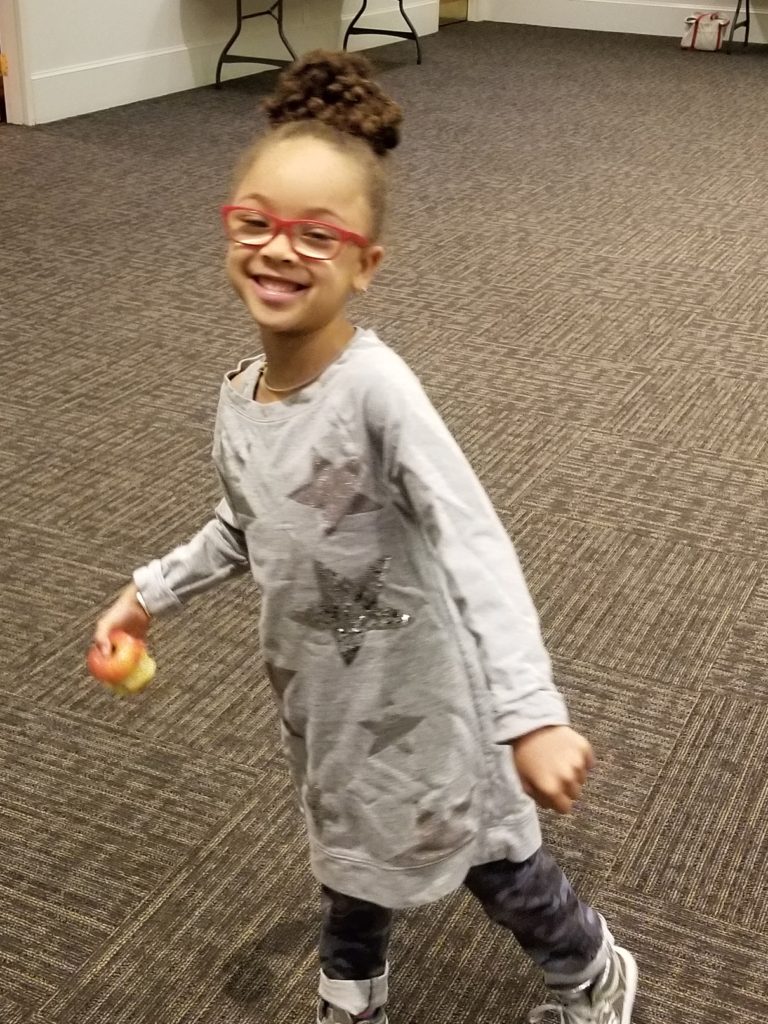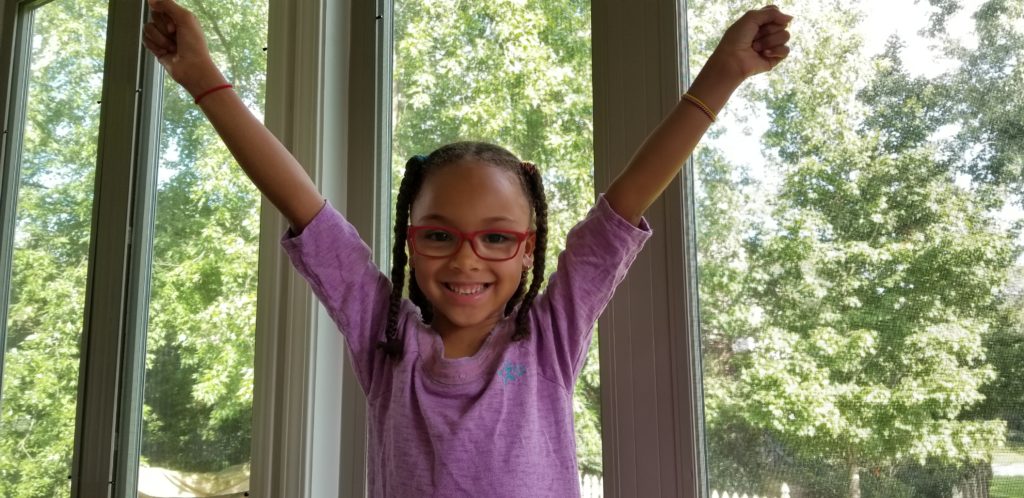Welcome! I’m so glad you’re here!
For the past two months, we’ve been working on the two most important aspects of losing weight – hunger, and fullness. If you missed it, head back to the posts from last month to get ALL the guidance on finding hunger. This month, we’re focused on finding the right amount of fullness so that the scale keeps going down. You CAN eat, be satisfied, AND lose weight too!
This week I want to give you a few tips, tricks, and tactics to help you to sense exactly when you feel the comfortable level of fullness we discussed last week. If you’ve been trying to eat until you’re politely full but you keep overshooting, if you want to have that light, energetic full feeling but you find yourself too full, I’ve got some tactics to help you dial into the exact level of fullness you need to get your weight loss on track. Let’s go!

Slow. Down.
The very first tip is to slow the speed of your meal. We get so used to eating by the clock, whether it’s lunch break or dinner time, or the 20 minutes between cases in the OR, or a break between meetings. We eat because there’s an opportunity and because the clock tells us to. When we eat by the clock, we tend to eat fast to fit the meal into the window of time we have. Now, if you’re hungry, it’s fine to eat in your window. But when you eat quickly, it’s very easy to eat more than you need before the full signal registers in your body.
The key is to slow down. Put your fork down between bites, chew and savor the taste of each bite, sip on water instead of rushing fork-to-mouth, gulp-and-swallow. It takes about 20 minutes for the body to register full, so you need that amount of time before you can tell if you need to eat more food. But what if you have 10 minutes? Then eat in 10 minutes, slowly. Enjoy and taste each bite and when your time is done, put the rest of the food away. If you’re hungry later, you can finish it. A few minutes after your short meal, your blood sugar will rise and you might be completely satisfied. If you get physically hungry again soon, you can eat again. But you might be done until the next meal…
Check-In With Your Body
When you get partway through the meal, if you’re paying attention you’ll start to feel the mild sensation of fullness. You might even hear a little quiet voice that whispers, “I’m done!” It can be tough to hear that little voice if you’re not listening for it though. Your assignment is to periodically check in with your tummy, to check in. If you’re slowing down, putting down your fork between bites, taking a sip of water during the meal, you’ll have a moment to see what your tummy is saying.
It can be hard to be in the midst of eating and stop if you’re not used to it. You might try a trick I’ve used to create a moment in the midst of the meal. Take an actual break! You might be sitting around the table, and halfway through your plate, you stop eating and put your fork down. Get up and head into the kitchen to refill your glass of water. If you’re eating with others, offer to get them refills as well. Check and see if anyone needs anything from the kitchen. Then while you’re in there away from your plate, check in with your stomach during this pause. Are you almost full? Are you done yet? Maybe you need 2-3 more bites – so you make a plan to go back to the table and finish with those few bites and no more. When you take a break like this, you do two things: You’ll make sure you don’t overeat unconsciously and you will know when you finish those last bites that you’re stopping because you want to, because you’re satisfied. That is a good feeling!
No Distractions
You might want to fight me on this one, but trust me: The more distractions at the table, the more likely you’ll overeat. To be most present and precise in your eating only to fullness, ideally, you’d eat alone with nothing else to do but eat. But you probably don’t want to kick your family to the curb at mealtime (or at least, you shouldn’t!). People eating together and talking and helping kids and all that activity can be distracting and make it hard to pay attention to your stomach. But we love them and eating together is lovely, so we keep the humans.
So the people stay, but all other distractions must go. No TV, no reading, no phone. No, none of it. The first reason is that you’ll get caught up in the entertainment and then it’s very easy to eat past full. The second reason is more subtle but just as important (maybe more). When you eat and read or watch TV, you link the activity with food. So now your eating is entertainment or distraction or checking out. Now food means entertainment or distraction or checking out. You do not want to give food meaning beyond fuel as a routine. When you need entertainment, you want to choose entertainment, not food.
What you’ll figure out is that eating alone is kind of boring. Ever watch a little kid sit down to eat? As soon as they can they’re up and out of their chair and ready to move on to the good stuff. Once they’ve eaten just enough, they’re ready to move on. What we enjoy about meals often isn’t the food – it’s the company, the laughter, the entertainment (on-screen or in-person). The food is good until your stomach is full – then it’s time to move on!

You’ve got this! Keep waiting until hunger comes and then eat only until you are quietly full – then watch the scale keep going down. Join me next week when I’m going to teach even more on how to help your body guide you in what you need to lose the weight – it’s gonna be good!
If you’ve been waiting to work one-on-one with me, the time for waiting is over! If you’re ready to invest in yourself and get the personalized help you need to reach your goal, email me at drandreachristianparks@gmail.com, and let’s set up your free consultation. You deserve it and I can help you get to where you really want to be!
Here’s your video help for the week!
